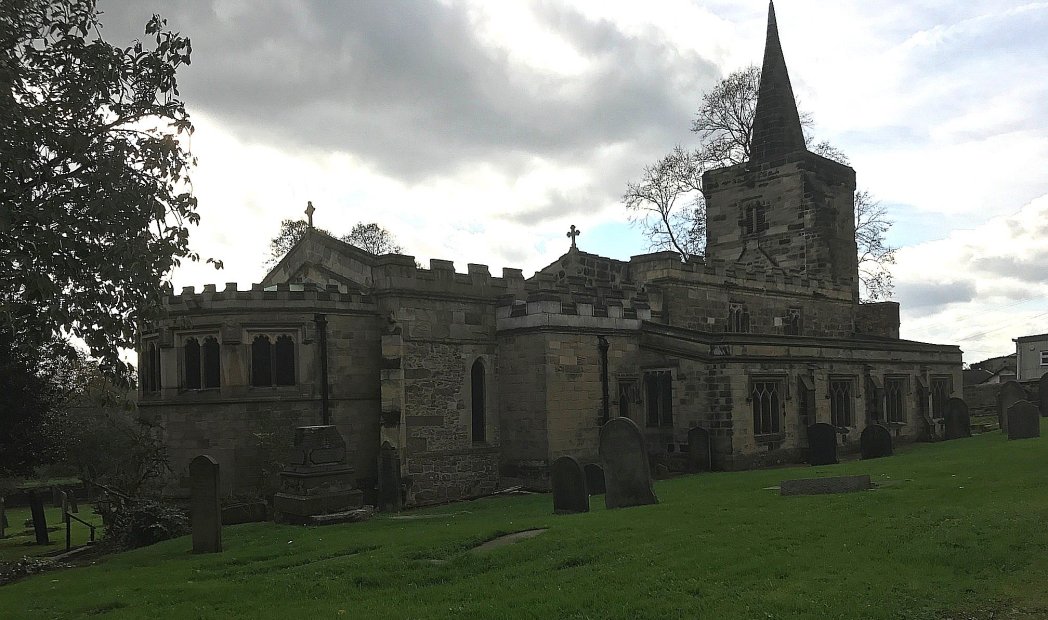Mexborough and Swinton Times, July 23, 1937
Churches and Chapels

It was not until 1902 that a mission church was provided to meet the requirements of the steadily spreading parish.
The mission consisted of, hired premises first in High Street, then in West Street. Eventually the present St. Georges Church was built and been consecrated in 1902.
In 1891 the Parish Church had been enlarged and restored during the vicariate of the Rev. Henry Ellershaw who died in 1894, to be succeeded by the Rev. W. H. F. Bateman, afterwards an honorary canonof York and Rector of Wistow, near Selby.
Succeeding vicars were the Rev. Edmund Hope, Dr F. Briggs, who was instituted in 1919, and the Rev. E. B. A. Somerset, who came some six years ago and is now about to leave the Parish. There has throughout the life of the “Times” been a strong, nonconformist element in the town. The Primitive Methodists and Wesleyan Methodists were already well established sixty years ago and the United Methodists, Wesleyan Reformers, Congregationalists, Salvation Army, Unitarians, and Spiritualists have since made places for themselves in the religious life of the town.
Both Mexborough and Swinton Parish Churches have suffered from the ravages of fire at various times, but the Swinton Church was most seriously affected in 1897 when it was almost completely destroyed by fire during the incumbency of the Rev. W. J. Peacey. The task of rebuilding the church was undertaken with courage and determination by Mr. Peacey and achieved with complete success as the present building testifies. It was on October 23rd, 1899 that the new church was consecrated by Dr. Maclagan, Archbishop of York. Originally the church at Swinton had been a chapel of ease to the Parish of Wath, and it was not until the middle of the nineteenth century that the parish was given separate status with the Rev. John Levitt as its first Vicar. A notable landmark in its recent history has been the installation of a clock in the church tower to commemorate the Coronation. This commemoration scheme received the support of all residents of the town and was creditably completed.